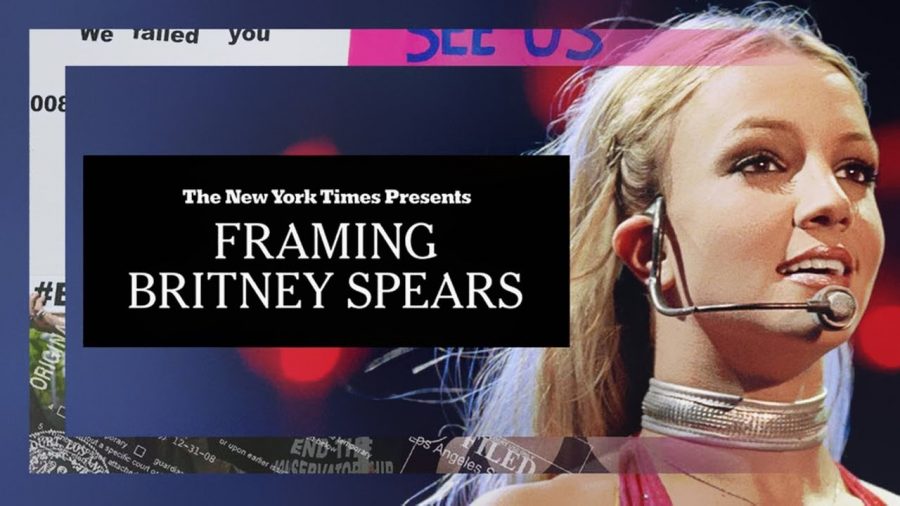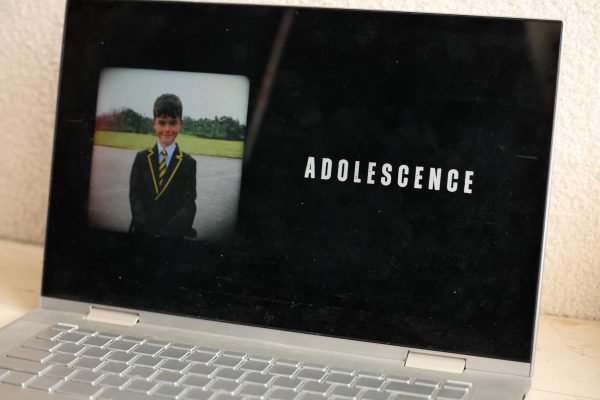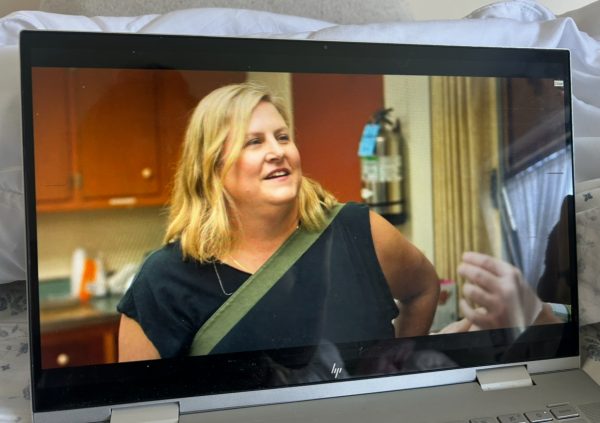“Framing Britney Spears” Brings Light to Spears’ Abusive Conservatorship
“Free Britney” has been the rallying cry for Britney Spears fans and Instagram conspiracy theorists for over a decade. The movement to free Britney Spears from the conservatorship of her father, Jamie Spears, has picked up new momentum following the Feb. 5 release of “Framing Britney Spears,” a 74-minute documentary produced by the New York Times, showcasing Spears’ career and legal battles.
The documentary begins with a discussion of Spears’ rise to fame, but the major focus of the documentary is Spears’ conservatorship and her struggle to regain control over herself and her estate. Spears’ mental health and personal struggles are well-documented, have been commented upon and often are made into a spectacle by the media. What is less well-known is her battle for her personal rights. At 26, nearly 13 years ago, Spears’ entered into a court-sanctioned conservatorship, giving up her civil liberties to her father, who still has control over her estate.
Through the analysis of her stardom and continual legal conflicts, the documentary presents interviews with people from all parts of Spears’ life, including Felicia Culotta, Spears’ assistant during the earliest years of Spears’ life, lawyer Adam Stresand, who Spears initially discussed her conservatorship with and Daniel Ramos, a former paparazzo who followed Spears. Spears herself is missing from the narrative. The documentary claims to have been unable to receive a response from the star after attempting to contact her directly, away from the constraints of her conservatorship.
The inclusion of these people allows for an interesting dynamic. The firsthand, emotionally-charged anecdotes balanced with educated legal opinions, successfully inform the viewer of the “Free Britney” movement while also forcing the audience to empathize with Spears on a more personal level. I was particularly interested in the inclusion of someone connected to the paparazzi, who constantly deprecated and swarmed Spears in throngs for years. Was it ethical to give a representative of the paparazzi a say in this narrative, when they were a major source of strain on Spears’ life and well-being?
Where the documentary was most successful was in its exposure of the media’s treatment of Spears. It has been easily forgotten the way tabloids, late-night talk show hosts and other influential media voices treated Spears in her lowest moments. It’s a reminder of the way society continues to bring down young women who have risen to the top.
It is a tragic story, but not an uncommon one. With the rise of social media and the internet, criticism is constant and unavoidable. There are some truly disturbing clips, watching Spears hounded by the paparazzi, offensive talk show hosts poking fun at her going to rehab and one interviewer asking 17-year-old Britney about her breasts. It makes one wonder why no one stepped in or stepped up for her, and makes us wonder about the other celebrities, specifically female celebrities, that we have continued to treat this way. Lindsay Lohan received similar treatment by the media as she struggled with substance abuse, Taylor Swift was constantly criticized for singing about past boyfriends as a young woman and Millie Bobby Brown, as recently as 2018, was forced to delete Twitter due to constant bullying.
Since the documentary’s release, Spears’ situation has received an influx of support. Most importantly in the courts, where a judge denied an increase to Jamie Spears’ power over her affairs. Pressure from viewers prompted Justin Timberlake to apologize for the way he treated Spears in the media following their overly publicized breakup. Though it feels a bit too small a gesture 20 years after the fact, as he still reaps the benefits from his demonization of Spears. Their dynamic highlights the discrepancy between the way men and women are treated in the media, Timberlake being painted as a victim of Spears’ “toxic” behavior.
The documentary serves as an always relevant reminder to be cognizant of the media we interact with and the way we talk about celebrities and their public struggles. There is admittedly the lingering question of whether or not we are continuing to use Spears’ life for our own entertainment and whether this documentary will reignite the microscope our society focused on her for so long. Is the podcast dedicated to decoding messages in Spears’ Instagram a continuation of the voyeuristic obsession with Spears, or a genuine way to help her in her struggle for personal freedom? Nevertheless, the goal of bringing attention to the movement to allow Spears her own autonomy is too important to ignore, and the film is a necessary watch for anyone who engages with celebrity news.













































































































































































































